NSW steel, aluminum to be mandated in recession recovery plan
The state government will mandate that new renewable power infrastructure projects built in NSW use steel manufactured here, to support local jobs and kickstart the economy.
NSW
Don't miss out on the headlines from NSW. Followed categories will be added to My News.
NSW steel and aluminium will be mandated in new renewable power infrastructure under a plan to spark a manufacturing boom in the state.
The NSW government is targeting a new industrial revolution to help the state bounce out of the recession, and will launch a taskforce to ensure local resources can be cost competitive so that contracts are not sent overseas.
“I intend to mandate the use of NSW steel and aluminium subject to it being cost competitive,” Energy Minister Matt Kean told The Daily Telegraph.
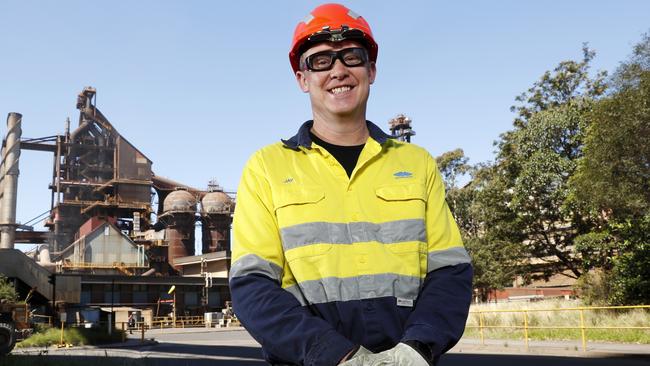
The plan applies directly to the government’s “renewable energy zones” - swathes of land in regional NSW which will be used to develop renewable energy infrastructure, and huge elements of our electricity supply, in the next decade.
“Industry tells us we will need more than 650,000 tonnes of steel to deliver our three
Renewable Energy Zones – my priority is finding ways to make sure that the steel and
other products that power NSW, are made in NSW by NSW manufacturers,” Mr Kean
said.
It is understood the NSW government wants to examine the net benefits of using local resources - including the economic impact of jobs and supply chains - when it determines what is cost competitive.
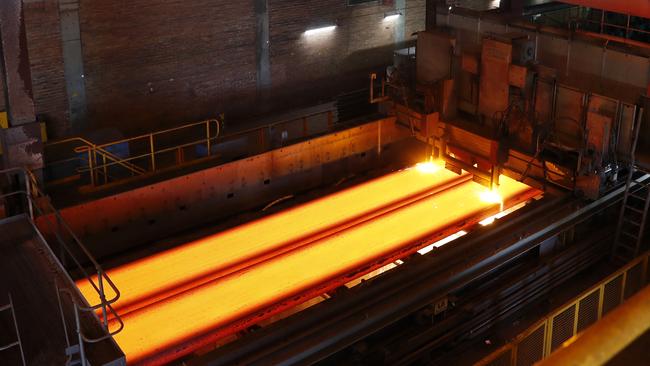
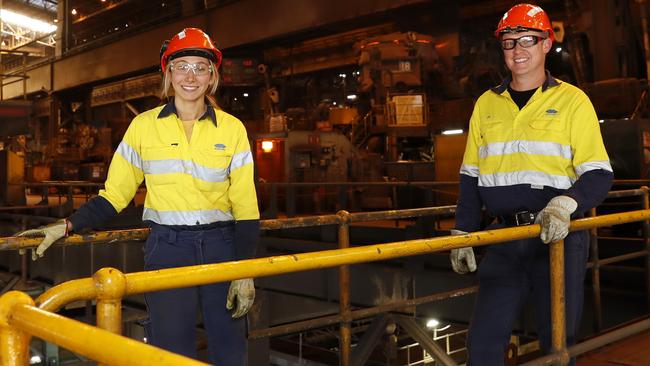
NSW Labor’s Jodi McKay, separately, has also announced a “NSW made” policy platform, which would enforce local procurement practices more broadly, as both sides of politics tap into a post-COVID mood to support at home manufacturing.
Labor would like to use legislation to guarantee jobs and investment for local workers and manufacturing. It is understood the government’s preference is to use regulations to mandate the requirements.
Under the government’s plan, a manufacturing renewables taskforce will examine specific terms which can be put in electricity infrastructure contracts and tender rules which will drive the use of the NSW products.
A separate taskforce will also ensure jobs created under the new renewable energy zones are handed out to local people.
Australian Workers Union secretary Daniel Walton welcomed the policy in principle but wanted to sit down and flesh out the detail with the government.
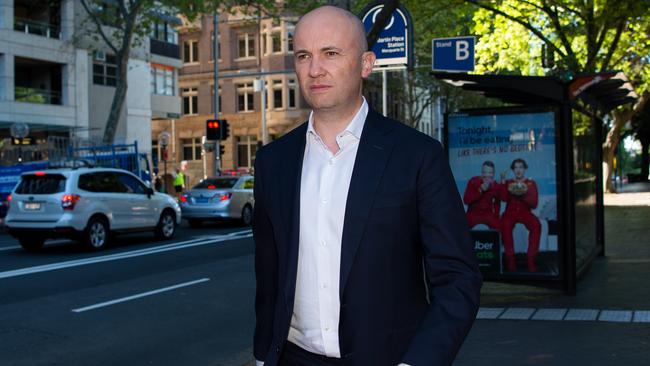
“A post-COVID recovery focus on opportunities for NSW workers and manufacturing provides enormous benefits for working people. Too often governments have been lazy in the procurement of goods and services for big infrastructure builds,” he said.
BlueScope Steel chief Mark Vassella said the scale of the new NSW energy plan would “stimulate a manufacturing renaissance in NSW”.
“The $32 billion renewable infrastructure spend should see the creation of a substantial number of skilled manufacturing jobs and ensure local steel for local infrastructure,” he said.
“BlueScope has been calling for reliable and affordable energy to underpin competitive manufacturing industry in Australia, and to keep pace with our businesses in the US and other countries where we operate.
“The NSW government announcements about building NSW into a renewable energy superpower, is exactly the right policy direction at exactly the right time.”
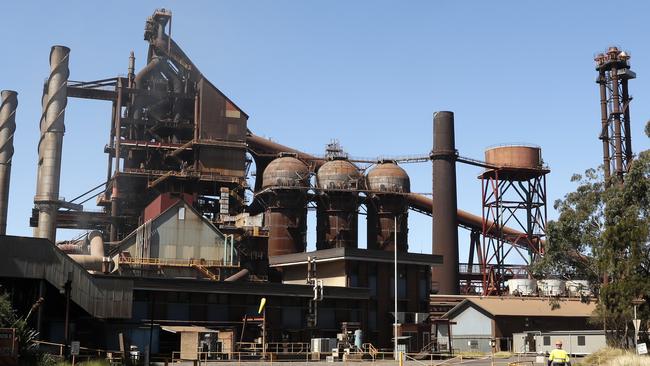
Deputy Premier John Barilaro said NSW needed to support local manufacturers by putting policies in place to create local jobs and support the industry.
“We currently import the more than 86,500 tonnes of steel that form the foundations for
critical energy infrastructure – including some finished manufactured goods,” Mr
Barilaro said.
“As we come out of this recession, we need to lead by example by backing our local
supply chains, local manufacturers and local jobs.”
Tomago Aluminium chief Matt Howell said he supported “anything that promises to deliver cleaner, cheaper and more reliable energy” and that he wanted “work with Minister Kean and the NSW government for more detail on the plan and how we can engage”.
MORE NEWS

